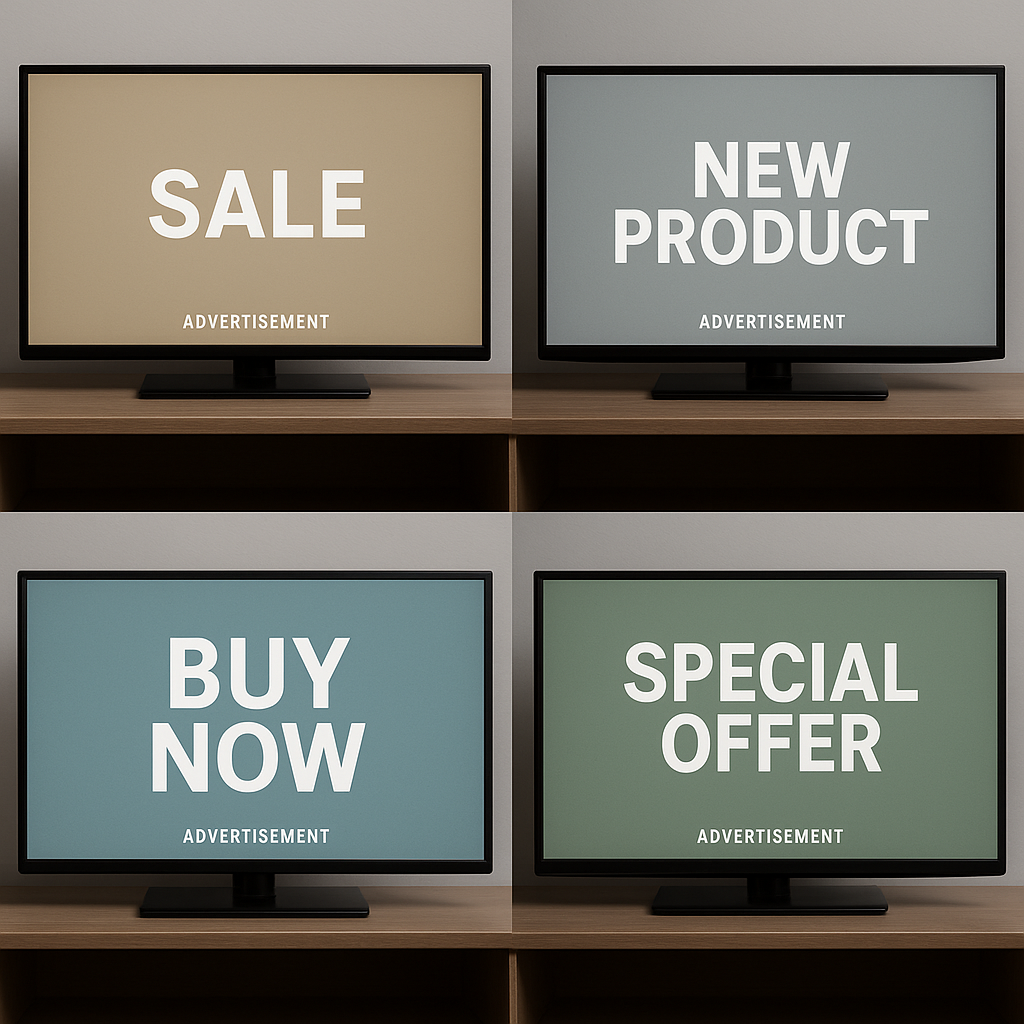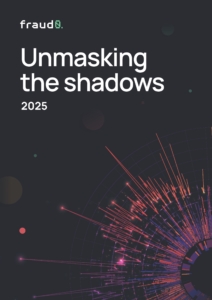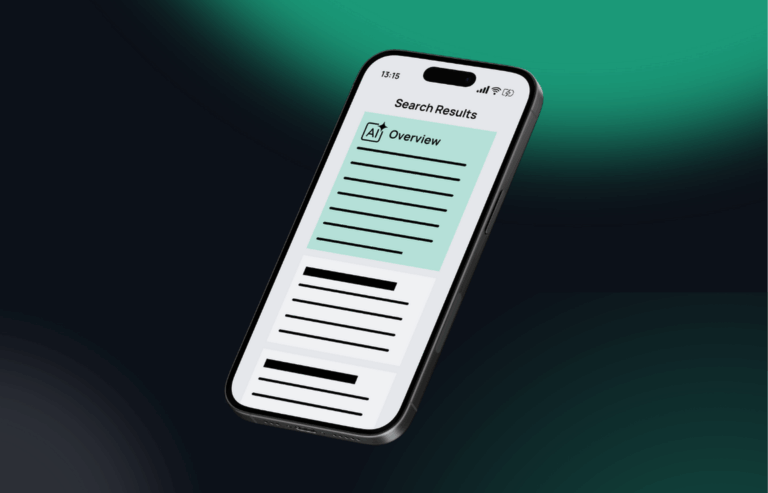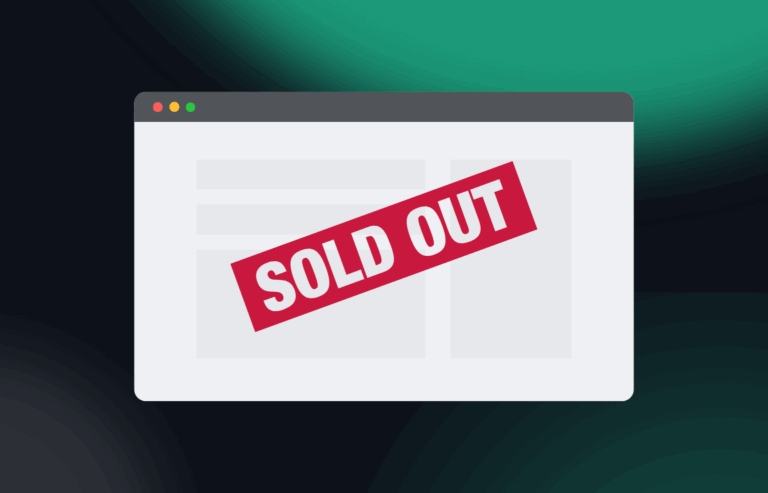- Blog
In 2025 Your Ads Might Not Be Made by Humans

Oliver Kampmeier
Cybersecurity Content Specialist

AI isn’t just changing who buys products (AI agents), it’s changing who creates the ads. From Meta’s ambitious AI roadmaps to Channel 4’s broadcast-ready AI spots, generative models are entering the heart of advertising. What once required agencies, production crews, and long lead times can now be done in days at a fraction of the cost.
But faster and cheaper doesn’t necessarily mean better. This shift raises as many questions as it does opportunities.
AI as Creative Producer
Until now, marketers had two options: build creative in-house or hire agencies. Both required time and money. That balance is shifting:
- Channel 4 has already aired ads assembled from brand assets by AI tools.
- Meta plans to let advertisers generate full campaigns: video, copy, targeting, directly from a budget and objective by 2026.
It’s a clear sign: AI is no longer just optimizing campaigns. It is producing them.
The Upside: Speed and Access
AI offers undeniable advantages:
- Speed: Campaigns can be prototyped in days instead of months.
- Scale: Dozens of variations can be generated for testing or localization.
- Accessibility: Small and mid-sized businesses suddenly gain access to professional-looking TV and video formats they could never afford before.
For platforms, this creates new revenue streams. For SMEs, it levels the playing field.
The Downside: Homogenization and Risk
Yet the very strengths of AI are also potential weaknesses:
- Generic output: If everyone uses the same AI tools, creative risks blending into a sea of lookalike ads.
- Loss of brand nuance: Algorithms can miss cultural context, tone, or storytelling subtlety.
- Compliance risks: AI systems can hallucinate claims or misrepresent products, creating regulatory headaches.
Channel 4 has integrated compliance checks (via Clearcast) to manage these risks, but not every platform will build such safeguards in.

Changing Roles and Budgets
For advertisers, the shift is less about eliminating work and more about changing it.
- Marketers move from hands-on production to directing and supervising AI systems.
- Agencies are pushed from execution toward orchestration and strategy, or risk being sidelined.
- Budgets may shift away from routine production toward media, insights, and differentiation.
In theory, this frees up resources for strategy. In practice, it may increase dependency on the very platforms supplying both the media and the creative.
The Bigger Question
The rise of AI-generated ads is not simply about efficiency. It’s about what kind of advertising we end up with. Faster, cheaper, and more scalable, yes. But also potentially flatter, risk-averse, and more controlled by a handful of platforms.
For marketers, the challenge is to balance the gains of automation with the need for brand voice, creativity, and trust. AI can take care of execution, but it cannot (yet) replace the judgment, storytelling, and cultural sensitivity that make advertising resonate.

The Bottom Line
In 2025, your next campaign may be created less by a director with a film crew and more by an algorithm with a dataset. This is neither purely good nor purely bad, it’s a structural shift with trade-offs on both sides.
Advertisers who approach AI critically, using it to extend reach and speed, while guarding against homogenization and overreliance on platforms, will be best positioned. Those who treat AI as a silver bullet may save costs in the short term, but risk losing the very differentiation that makes their brand matter.
The question isn’t whether AI will make ads. It already does. The real question is: will those ads still make an impact?
- Published: October 13, 2025
- Updated: October 14, 2025

See what’s hidden: from the quality of website traffic to the reality of ad placements. Insights drawn from billions of data points across our customer base in 2024.
Protect Your Data and Analytics From Bots and Invalid Traffic
Take back control over your data and try fraud0.
- 7 days free trial
- No credit card required


